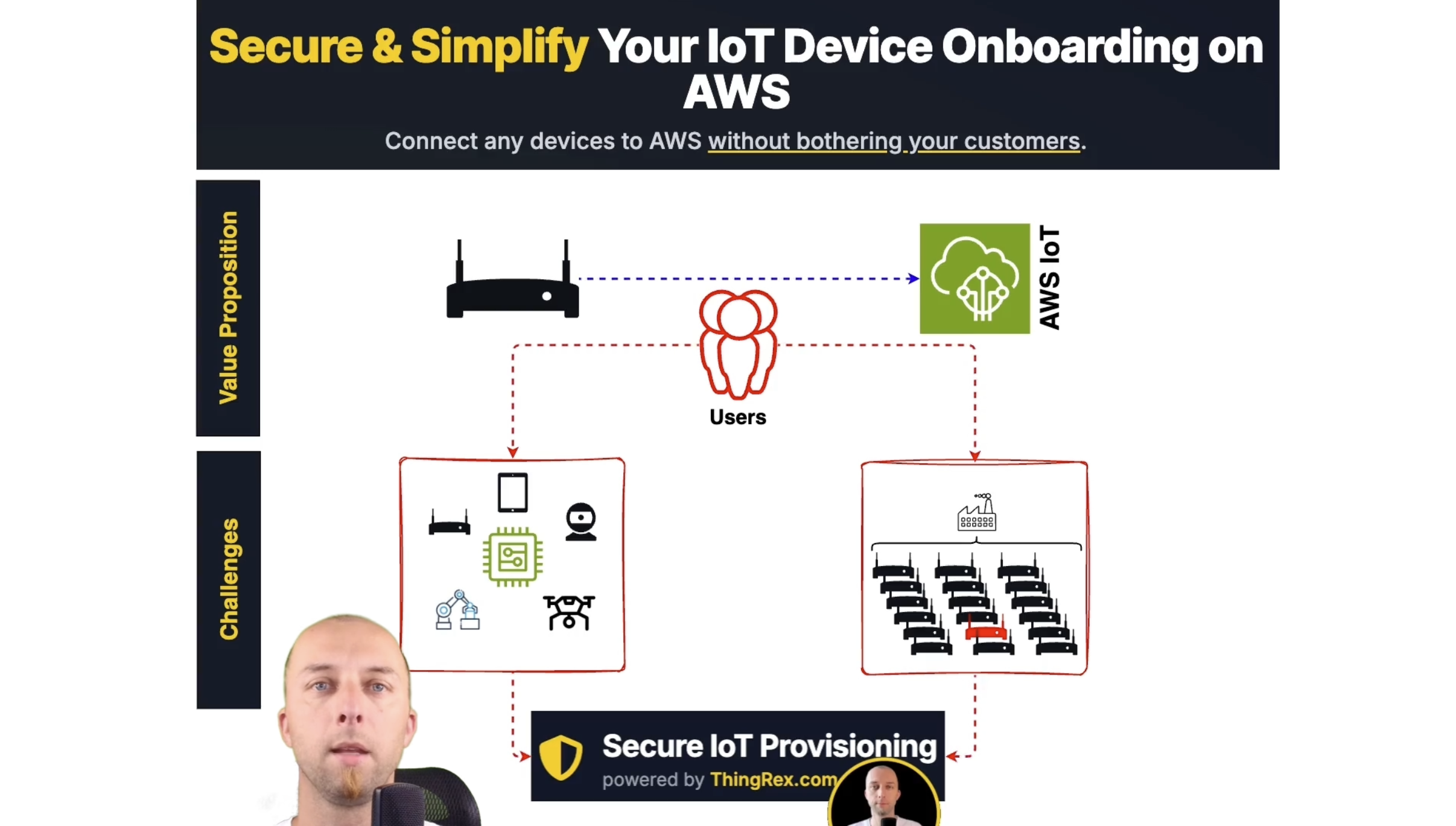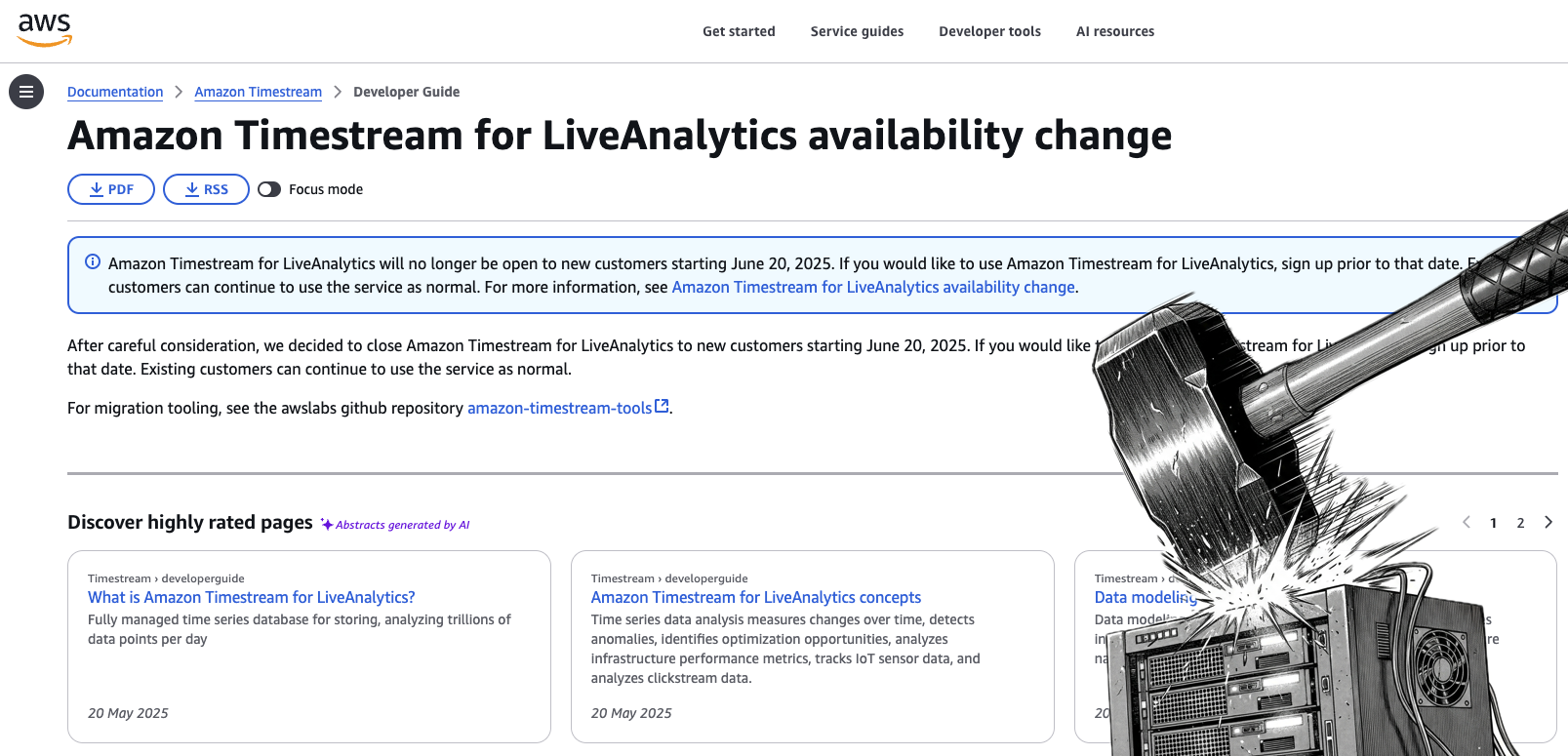What is obvious today was not obvious one month ago.
Recently, I had to significantly redesign the database structure of an IoT platform I designed one month ago. Changing the database forced the adaptation of the backend logic*, which demanded my extra attention and careful testing.
During that change, I was constantly questioning my initial reasoning and my ability to design solutions. “That was obviously a wrong decision! Why does that setup not support this access pattern?!?!"
Once my frustration level dropped a bit, I had yet another reflection - “There was no way I could have predicted all of that one month ago”.







